Kesavarthini is a name with deep cultural roots, often found in the rich tapestry of South Indian traditions, particularly among Tamil-speaking communities. It embodies a profound sense of identity and heritage, resonating with centuries-old stories, values, and aspirations.
In its essence, Kesavarthini encapsulates strength, resilience, and grace. It carries the echoes of ancient tales where heroines faced adversity with unwavering determination, embodying the very spirit of fortitude. The name itself seems to evoke images of lush landscapes, vibrant colors, and the rhythmic beats of classical music.
Within the context of family, Kesavarthini may symbolize the hopes and dreams of generations past, present, and future. It serves as a beacon of continuity, binding individuals across time and space through shared heritage and legacy. In familial narratives, Kesavarthini may be celebrated as a guardian, a nurturer, and a source of inspiration for all who bear the name.
Moreover, Kesavarthini is not just a name but a reflection of cultural identity and pride. It embodies the rich tapestry of traditions, customs, and beliefs that have been passed down through generations. It speaks to the enduring values of community, compassion, and resilience that define Tamil culture.
Beyond its cultural significance, Kesavarthini may also carry personal meaning for individuals who bear the name or for those who bestow it upon their children. It may represent aspirations for a bright future, a tribute to beloved ancestors, or simply a profound appreciation for the beauty and depth of Tamil heritage.
In essence, Kesavarthini is more than just a name; it is a vessel for storytelling, a repository of culture, and a celebration of identity. It weaves together threads of tradition and modernity, connecting individuals to their roots while inspiring them to reach for the stars. In a world of constant change, Kesavarthini stands as a timeless reminder of the enduring power of culture, community, and the human spirit.


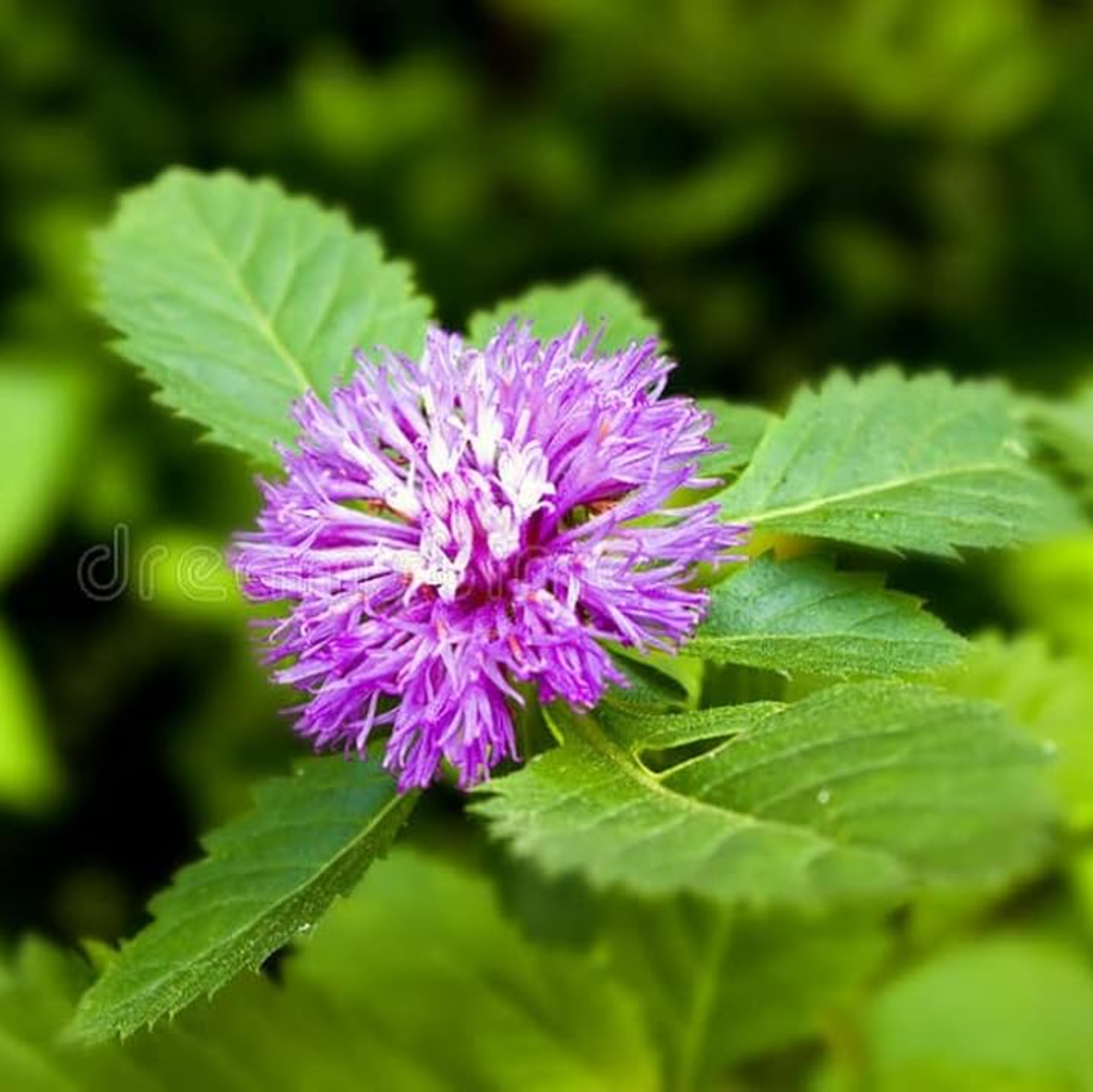
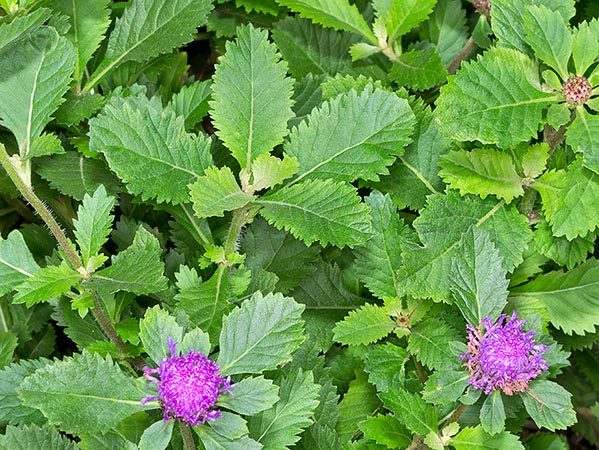
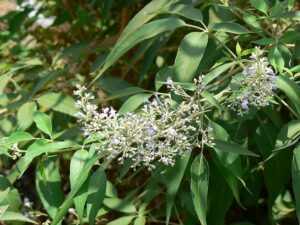
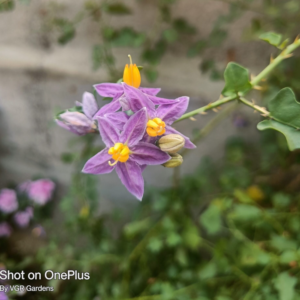

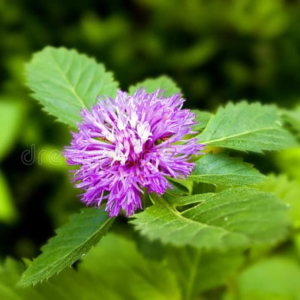
Reviews
There are no reviews yet.